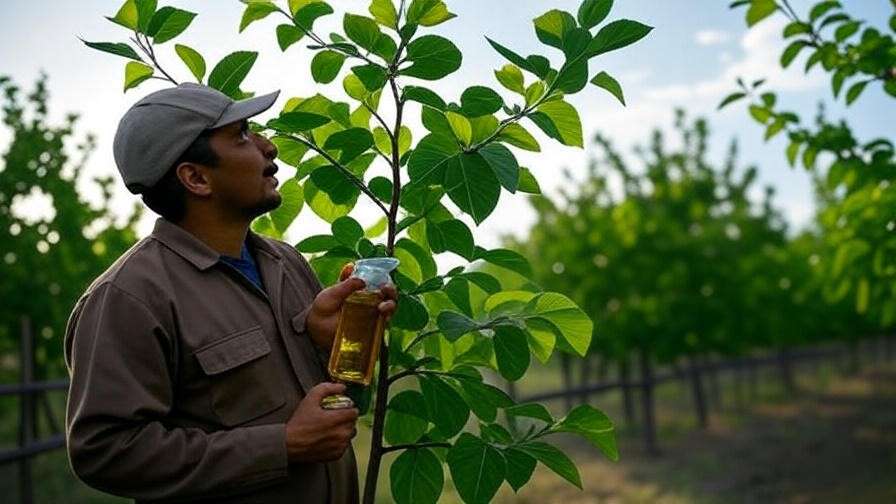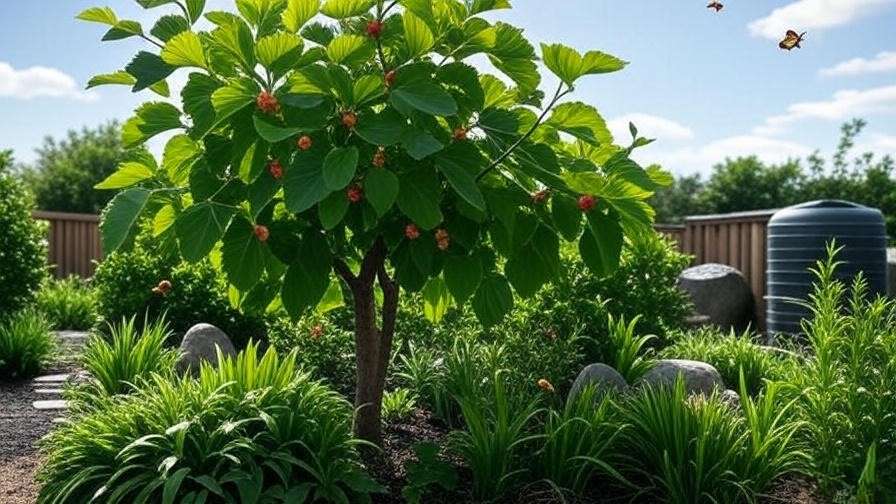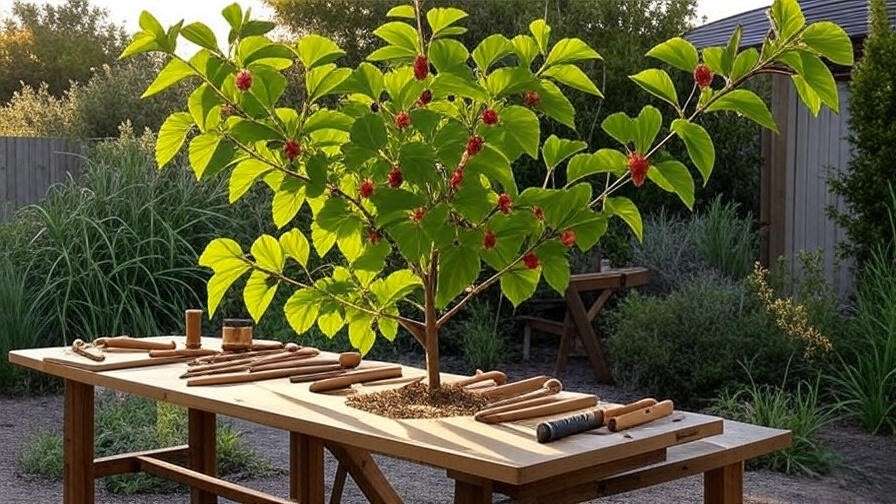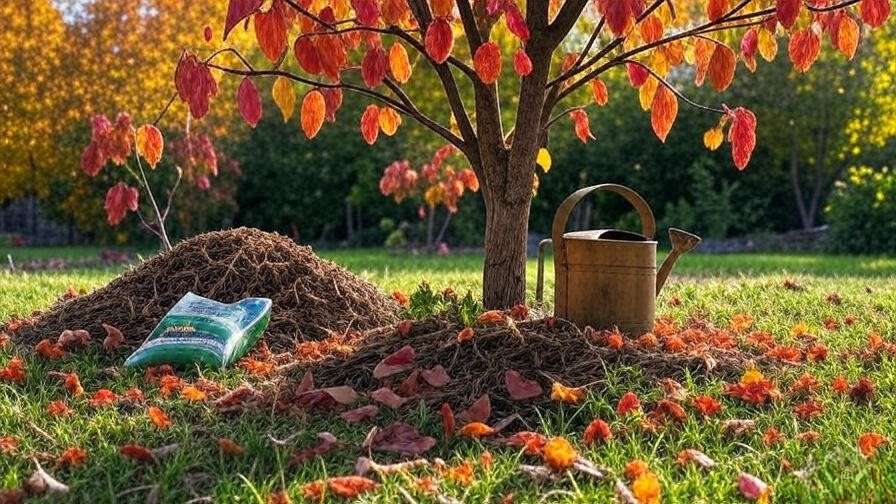Imagine crafting a stunning piece of furniture or nurturing a majestic tree in your backyard that yields wood as beautiful as it is durable. Mulberry tree wood, often overlooked, is a hidden gem for gardeners, woodworkers, and eco-conscious homeowners alike. With its rich grain, surprising strength, and eco-friendly growth, mulberry wood offers endless possibilities for sustainable projects and vibrant landscapes. Whether you’re a tree care enthusiast or a DIY woodworker, understanding how to cultivate and maintain mulberry trees for high-quality wood is key to unlocking their full potential. In this guide, we’ll share expert-backed strategies to grow, care for, and utilize mulberry tree wood, ensuring strength and longevity for years to come. 🌿
Drawing from decades of arboriculture expertise and insights from sustainable woodworking communities, this article dives deep into the properties, care, and uses of mulberry tree wood. You’ll learn practical tips to nurture healthy trees, prevent common issues, and transform their wood into stunning creations—all while aligning with eco-friendly practices. Let’s explore how to make mulberry trees thrive and turn their wood into a legacy of beauty and durability. 🌲
1. Understanding Mulberry Tree Wood: Properties and Potential 🌿
1.1 What Makes Mulberry Tree Wood Unique? 🌳
Mulberry tree wood, derived from species like white mulberry (Morus alba), red mulberry (Morus rubra), and black mulberry (Morus nigra), is a versatile hardwood with unique characteristics. Its medium density, typically ranging from 35 to 45 pounds per cubic foot, strikes a balance between strength and workability, making it ideal for both structural and decorative projects. The wood’s grain is often straight but can feature interlocking patterns, giving it a distinctive, warm aesthetic with golden to reddish-brown hues. Compared to oak or maple, mulberry wood is less dense but equally durable when properly cared for, offering a sustainable alternative for eco-conscious crafters.
Expert Insight: “Mulberry wood is a sleeper hit in woodworking,” says Dr. Emily Harper, a certified arborist with 20 years of experience. “Its resilience and unique grain make it perfect for artisans who value sustainability and beauty.” Unlike heavier hardwoods, mulberry’s moderate weight simplifies carving and shaping, making it a favorite for intricate designs.
1.2 Why Mulberry Wood Matters for Your Garden and Projects 🪚
Mulberry tree wood shines in both functional and aesthetic applications. Woodworkers prize it for furniture, cabinetry, and musical instruments due to its stability and attractive grain. Its fast growth—often reaching maturity in 15–20 years—makes it a renewable resource, appealing to those committed to sustainable forestry. In landscaping, mulberry trees provide shade, fruit, and ornamental appeal, enhancing garden ecosystems while supporting pollinators like bees.
Case Study: GreenCraft Studio, a Vermont-based furniture maker, uses mulberry wood to create eco-friendly dining tables. By sourcing from local, sustainably managed mulberry trees, they’ve reduced their carbon footprint while producing heirloom-quality pieces. This dual role—ecological and practical—makes mulberry wood a standout choice for modern gardeners and crafters.
2. Growing Mulberry Trees for High-Quality Wood 🌞
2.1 Choosing the Right Mulberry Species for Wood Production 🌲
Selecting the right mulberry species is critical for producing high-quality wood. White mulberry (Morus alba) is fast-growing and widely adaptable, thriving in USDA zones 4–9, but its wood is slightly softer. Red mulberry (Morus rubra), native to North America, offers denser wood with richer color, ideal for furniture. Black mulberry (Morus nigra) is prized for its deep, lustrous grain but grows slower. For wood production, red mulberry is often the top choice due to its balance of strength and growth rate.
Tip: Opt for disease-resistant cultivars like ‘Kingan’ or ‘Illinois Everbearing’ to ensure longevity and minimize maintenance. Mulberries thrive in well-drained, loamy soils with a pH of 5.5–7.0 and prefer full sun for optimal growth.
2.2 Planting and Early Care Tips 🌱
To set your mulberry tree up for success, plant in early spring or fall when temperatures are moderate. Choose a site with full sun and at least 15–20 feet of space to accommodate the tree’s mature spread. Prepare the soil by mixing in compost to improve drainage and fertility. Water young trees deeply—about 1–2 inches per week—for the first two years to establish strong roots.
Checklist: Planting a Mulberry Tree
- Test soil pH and amend if needed.
- Dig a hole twice the width of the root ball.
- Plant at the same depth as the nursery pot.
- Mulch around the base to retain moisture.
- Stake if planted in a windy area.
2.3 Pruning for Wood Strength and Structure ✂️
Pruning is essential to promote dense, high-quality wood. In late winter, when the tree is dormant, remove dead or crossing branches to improve airflow and reduce disease risk. Focus on shaping the tree to encourage a strong central leader, which enhances wood strength. Use clean, sharp tools to make angled cuts just above buds, avoiding stress to the tree.
Visual Aid: A diagram of pruning cuts (e.g., thinning vs. heading cuts) can help readers visualize proper techniques. Regular pruning in the first 5–7 years shapes the tree for optimal wood production and prevents weak, brittle growth.

3. Maintaining Mulberry Trees for Long-Term Wood Quality 🍂
3.1 Pest and Disease Management 🐞
Mulberry trees are relatively hardy but can face pests like scale insects and diseases such as powdery mildew or bacterial blight. Inspect trees regularly for signs of trouble, such as discolored leaves or sticky residue. Organic solutions, like neem oil or insecticidal soap, effectively manage pests without harming beneficial insects. For fungal issues, improve air circulation through pruning and apply copper-based fungicides if needed.
Expert Tip: “Early detection is key,” says Dr. Sarah Lin, a plant pathologist. “Check the undersides of leaves for pests and treat immediately to protect wood quality.” Regular monitoring and organic treatments keep trees healthy and productive.

3.2 Seasonal Care for Optimal Growth 🍁
Spring: Apply a balanced fertilizer (10-10-10) to boost growth. Mulch with 2–3 inches of organic material to retain moisture and suppress weeds.
Summer: Water deeply during dry spells, ensuring 1 inch of water per week. Provide shade for young trees in extreme heat.
Fall/Winter: Rake fallen leaves to prevent fungal spores and wrap trunks to protect against frost damage in colder climates.
Table: Seasonal Care Schedule
| Season | Task | Frequency |
|---|---|---|
| Spring | Fertilize, mulch | Once |
| Summer | Deep water, pest checks | Weekly |
| Fall | Leaf cleanup, pruning | Once |
| Winter | Trunk protection | As needed |
3.3 Soil and Nutrient Optimization 🌍
Healthy soil is the foundation of strong mulberry tree wood. Test soil annually to monitor pH and nutrient levels. Aim for a pH of 6.0–6.5, amending with lime if too acidic or sulfur if too alkaline. Organic compost or well-rotted manure provides essential nutrients like nitrogen and potassium, promoting robust growth.
Pro Tip: Incorporate worm castings or biochar into the soil for a natural nutrient boost. These amendments improve soil structure and water retention, supporting long-term tree health.
4. Harvesting and Using Mulberry Tree Wood 🪓
4.1 When and How to Harvest Mulberry Wood ⏰
Mulberry trees are typically ready for harvesting at 15–20 years, when trunks reach 6–12 inches in diameter. Harvest in late fall or winter, when sap levels are low, to minimize stress and ease drying. Use sustainable practices, such as selective cutting, to preserve the local ecosystem. Always consult local regulations before felling trees.
Safety Note: Wear protective gear and use a chainsaw with a sharp blade. If inexperienced, hire a professional arborist to ensure safe and efficient harvesting.
4.2 Preparing Mulberry Wood for Use 🛠️
Proper drying is critical to prevent warping or cracking. Cut logs into manageable lengths and split them to speed drying. Air-dry wood for 6–12 months in a well-ventilated, covered area, stacking logs off the ground to avoid moisture. For faster results, use a kiln, targeting a moisture content of 6–8% for indoor projects.
Example: Artisan woodworker Jane Ellis shares her process: “I cut mulberry logs into planks, stack them with spacers, and dry them under a tarp for a year. This ensures stable, high-quality wood for my furniture designs.”

4.3 Creative Uses for Mulberry Tree Wood 🎨
Mulberry wood’s versatility shines in various applications:
- Furniture: Craft tables, chairs, or cabinets with its warm, golden tones.
- Crafts: Create carvings, bowls, or decorative boxes for unique gifts.
- Landscaping: Build pergolas or garden benches for durable outdoor structures.
Inspiration Gallery: Showcase images of mulberry wood projects, like a hand-carved mulberry bowl or a rustic garden trellis, to spark reader creativity.
5. Common Challenges and Solutions for Mulberry Tree Care 🌧️
5.1 Addressing Weak Wood Growth 😓
Weak or brittle wood in mulberry trees often stems from environmental stress, poor soil, or improper care. Common causes include nutrient deficiencies, overwatering, or inadequate sunlight. To strengthen wood quality, start by testing soil for deficiencies in nitrogen, phosphorus, or potassium. Amend with a balanced fertilizer (e.g., 10-10-10) and ensure the tree receives at least 6 hours of direct sunlight daily. Overwatering can lead to shallow roots, so water deeply but infrequently, allowing the soil to dry slightly between sessions.
Case Study: A gardener in Oregon noticed her mulberry tree producing brittle branches. After consulting an arborist, she adjusted her watering schedule to once weekly and added compost rich in organic matter. Within two years, the tree’s wood density improved, yielding stronger branches suitable for small woodworking projects. Consistent care and soil management were key to her success.
5.2 Managing Fruit Drop and Mess 🍒
Mulberry trees, especially fruiting varieties like black mulberry, can create a mess with fallen fruit, staining walkways or attracting pests. To minimize fruit drop, consider planting non-fruiting or low-fruiting cultivars, such as ‘Fruitless Mulberry’ (Morus alba ‘Kingan’). For fruiting trees, lay tarps beneath the canopy during peak fruiting season (late spring to early summer) for easy cleanup. Alternatively, collect fallen fruit for composting or animal feed, turning a challenge into a resource.
Quick Fix: Mix fallen mulberries into a compost pile with dry leaves to balance moisture and create nutrient-rich compost. Local wildlife, like birds or pigs, may also enjoy the fruit as a treat, reducing waste.
5.3 Preventing Environmental Stress 🌪️
Mulberry trees are resilient but can suffer from drought, storms, or urban pollution. During dry spells, provide supplemental irrigation, aiming for 1–2 inches of water per week. In stormy regions, stake young trees to prevent wind damage and prune weak branches before hurricane season. Urban pollution, such as smog or soil compaction, can stunt growth, so aerate soil annually and use mulch to protect roots.
Expert Quote: “Climate resilience starts with proactive care,” says arborist Michael Tran. “Mulberry trees can thrive in changing conditions if you prioritize soil health and structural pruning.” For long-term success, plant mulberry trees in areas sheltered from extreme winds and monitor for signs of stress, like wilting leaves or stunted growth.
6. Sustainability and Mulberry Trees: A Greener Future 🌎
Mulberry trees are a boon for sustainable forestry. Their fast growth—often reaching harvestable size in 15–20 years—makes them a renewable resource compared to slower-growing hardwoods like oak. Additionally, mulberry trees sequester carbon effectively, contributing to climate change mitigation. Their dense foliage supports pollinators, such as bees and butterflies, enhancing local biodiversity. By planting mulberry trees, gardeners can create mini-ecosystems that benefit both the environment and their communities.
In woodworking, mulberry’s durability reduces the need for frequent replacements, aligning with eco-friendly design principles. Choosing locally sourced mulberry wood minimizes transportation emissions, further shrinking your carbon footprint. For example, a single mulberry tree can yield enough wood for a dining table while its roots stabilize soil and prevent erosion.
Call to Action: Plant a mulberry tree in your backyard or community garden to support sustainability. Even one tree can make a difference in local ecosystems and provide wood for future projects. Share your commitment to green living on social media to inspire others! 🌱

7. FAQs About Mulberry Tree Wood ❓
How long does it take for a mulberry tree to produce usable wood?
Mulberry trees typically reach harvestable size (6–12 inches in diameter) in 15–20 years, depending on species and growing conditions. Proper care, like regular pruning and fertilization, can speed up this timeline.
Is mulberry tree wood durable for outdoor furniture?
Yes, when properly seasoned and treated, mulberry wood is durable for outdoor use. Apply a weather-resistant sealant to protect against moisture and UV damage.
Can mulberry trees grow in small spaces?
Fruitless or dwarf varieties, like ‘Dwarf Everbearing,’ are ideal for small yards or containers. Ensure at least 10 feet of space and full sun for healthy growth.
What are the best tools for pruning mulberry trees?
Use sharp bypass pruners for small branches and a pruning saw for larger ones. Sterilize tools with rubbing alcohol to prevent disease spread.
How do I prevent pests without harming the environment?
Opt for organic solutions like neem oil or introduce beneficial insects, such as ladybugs, to control pests naturally. Regular monitoring catches issues early.
Conclusion: Your Path to Thriving Mulberry Trees and Stunning Wood 🌟
Mulberry tree wood is a sustainable, versatile resource that elevates gardens and woodworking projects alike. By choosing the right species, planting with care, and maintaining trees through seasonal challenges, you can cultivate strong, beautiful wood for furniture, crafts, or landscaping. From pruning for structural integrity to managing pests organically, the strategies outlined here empower you to unlock the full potential of mulberry trees. Start with one actionable step—test your soil or prune a young tree—and watch your mulberry thrive.
Ready to grow your own mulberry tree or craft with its wood? Share your experiences in the comments or explore our related guides on sustainable tree care and eco-friendly woodworking. Let’s build a greener, more beautiful future together! 🌳














